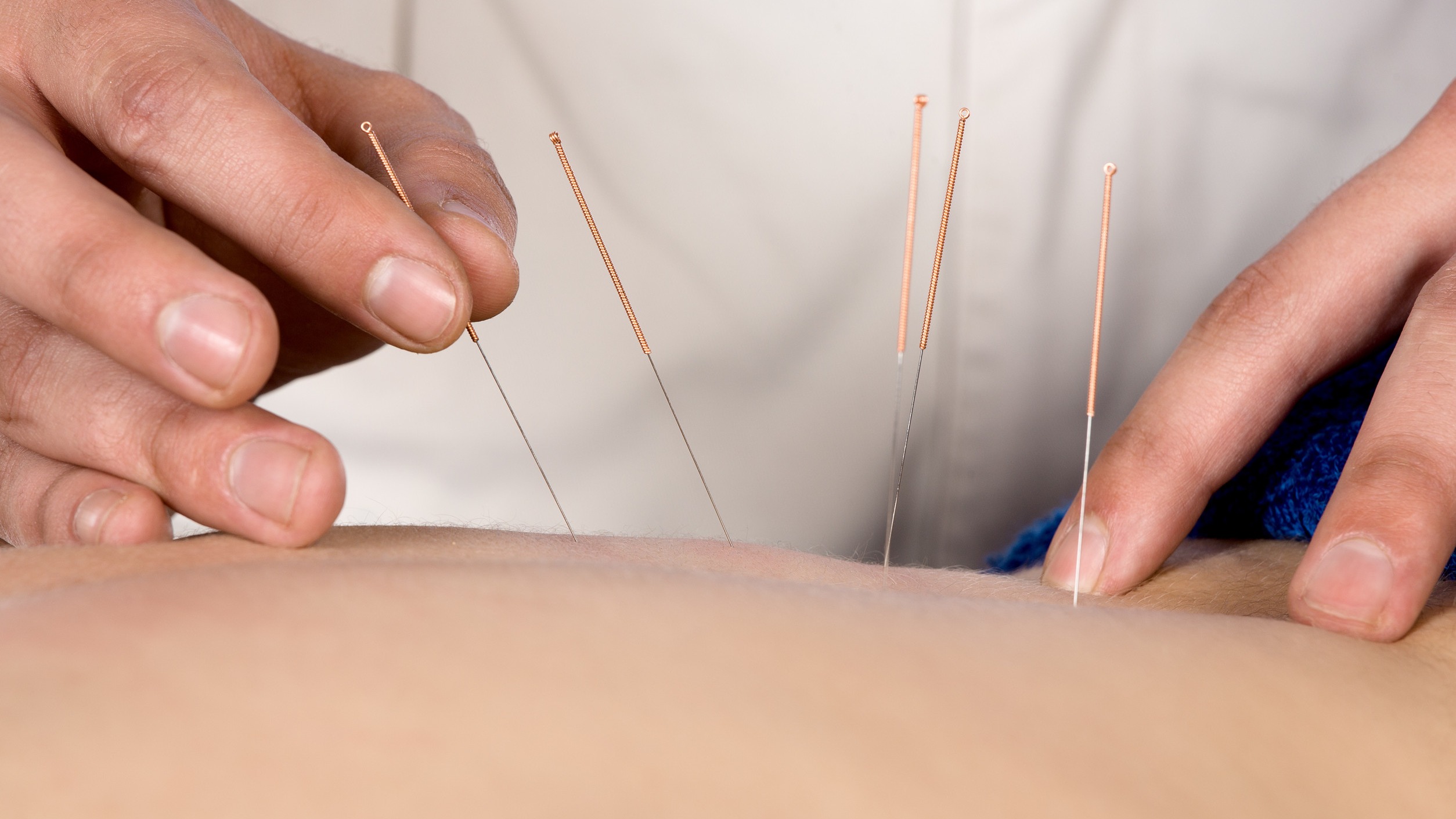
Acupuncture: A Promising Solution for Chronic Low Back Pain
Chronic Low Back Pain (CLBP) is a prevalent issue among older adults, affecting nearly one-third of the aging population in the United States. The traditional treatments, including medications and physical therapy, often fall short, especially for those at higher risk of adverse effects associated with opioid use. A groundbreaking study funded by the National Institutes of Health (NIH) has found that acupuncture could be a game-changer in managing CLBP for older adults, providing both pain relief and enhancements in physical function.
The Study's Findings: Long-lasting Benefits of Acupuncture
The study, published in JAMA Network Open, compared standard treatments with acupuncture among 800 participants aged 65 and older, with the results revealing significant benefits. Those receiving acupuncture reported decreased pain-related disability and improved physical functioning. Lead author Lynn DeBar emphasized the intriguing aspect that these benefits persisted three to nine months after treatment. This suggests that acupuncture might not just be a temporary solution but could provide sustained improvement in quality of life for patients battling CLBP.
Understanding the Low Uptake of Acupuncture Treatments
Despite the positive outcomes of acupuncture, its usage remains tragically low—only about 2% of the general adult population currently utilizes this non-opioid treatment option. This statistic highlights a critical gap in awareness and adoption, particularly amid rising concerns about opioid therapy's safety. The NIH-sponsored study aimed to inform the Medicare system about acupuncture's effectiveness for this demographic, shedding light on an underutilized but effective method for pain management.
How Acupuncture Works: Demystifying the Process
Acupuncture is often shrouded in misconceptions. This ancient practice involves inserting thin needles into specific points on the body, prompting a response that can aid in pain relief and overall wellness. For this study, strictly regulated acupuncture techniques were employed, omitting other practices like cupping or Gua sha to maintain clarity on acupuncture's effects. The process is typically non-invasive and poses few risks, which is particularly important for older adults who may have other health complications.
Future Trends: The Evolving Landscape of Pain Management
As the conversation surrounding pain management continues to evolve, insights from this study could lead to a significant shift in treatment paradigms. The ongoing debates regarding opioid therapy underscore the need for alternative approaches. With findings indicating improved function and reduced pain lasting beyond the immediate treatment period, acupuncture may gain more ground in clinical settings. Medicare's decision to cover acupuncture since 2020 reflects an increasing recognition of its value, yet awareness must expand to bridge the existing usage gap.
Real-World Implications: Embracing Meaningful Change
For suburban professionals seeking real, actionable advice to enhance their overall well-being, understanding acupuncture’s potential offers a refreshing perspective. If you or a loved one struggles with chronic pain, considering acupuncture could represent a valuable addition to your self-care routine. It’s time we broaden our horizons about pain relief methods and embrace diverse approaches to nurturing our health.
Concluding Thoughts
The insights from this study shine a hopeful light on practices that genuinely enhance life quality for older adults. Sharing this knowledge not only empowers individuals but can also advocate for systemic change in healthcare approaches to chronic pain management. As we move forward, it’s crucial to stay informed and modernize our perspectives on treatments that promote health and wellness.
 Add Row
Add Row  Add
Add 




Write A Comment